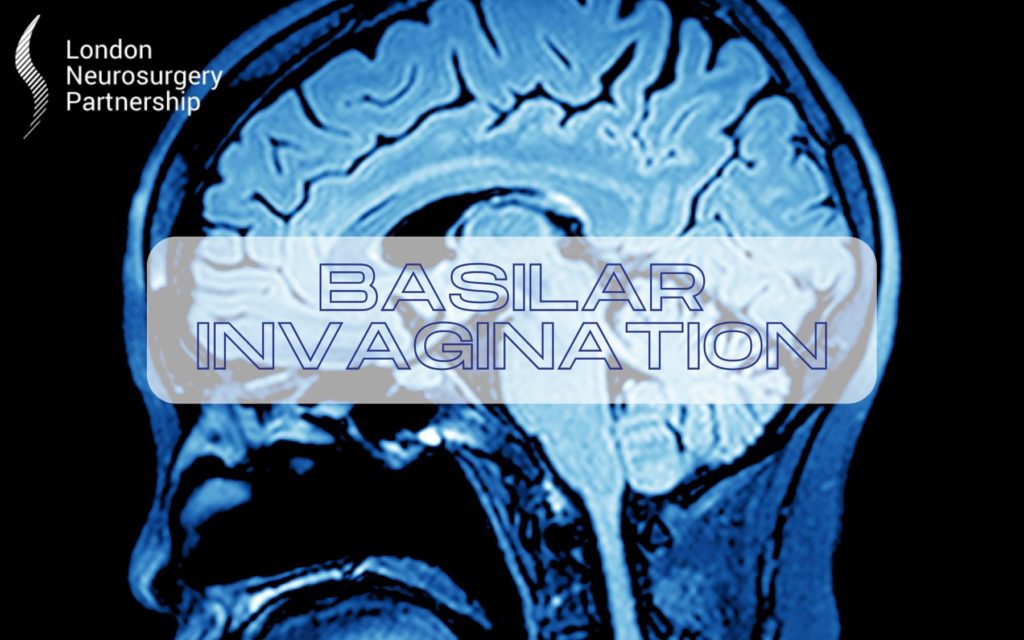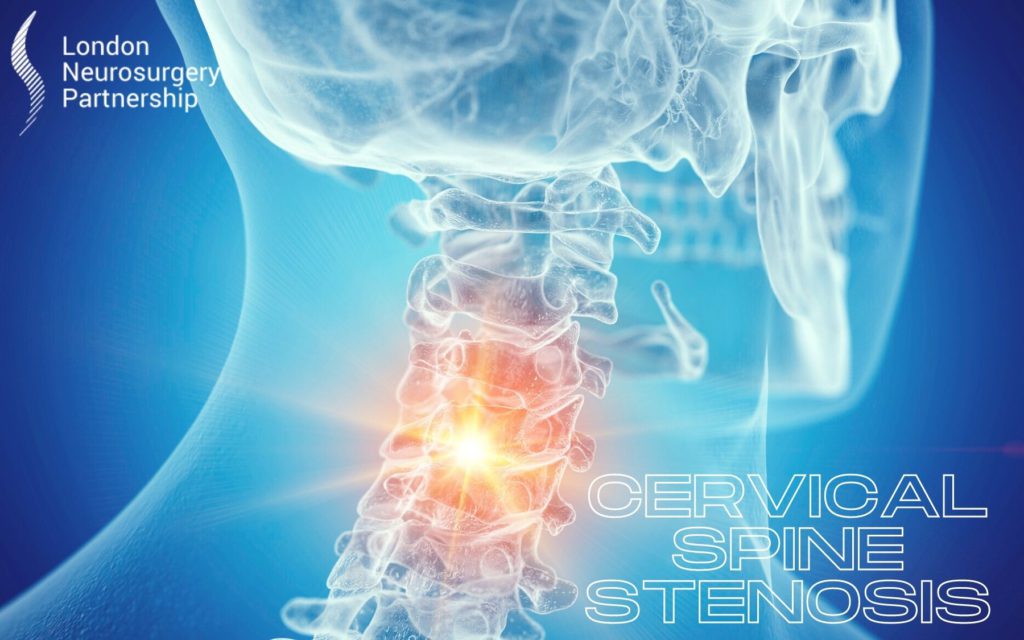
Basilar invagination is a very rare condition. This condition occurs when the top of the second vertebrae in the spine (C2 in the neck) moves upwards and causes an (infolding) of the base of the skull which narrows the space where the spinal cord passes through the brain; this is called the foramen magnum. This can also put pressure on the brain stem; which connects the brain the spinal cord.
Basilar invagination is similar to a Chiari malformation; however, a Chiari malformation is usually present at birth. Basilar invagination is usually as a result of an injury or a disease, however they can also occur at birth. This can usually be related to falls or road traffic collisions. This can also occur in patients that suffer from diseases such as rheumatoid arthritis or Paget’s disease.
Some of the most common symptoms include:
- Confusion or change in ‘normal’ behaviour
- Difficulty swallowing and speaking
- Loss of sensation
- Dizziness
- Pain in the neck and back of the head
- Tingling or numbness in the arms and hands
To diagnose this condition the doctor will do a physical examination and talk through the symptoms with the patients. If the doctor believes that the symptoms are caused by a basilar invagination, it is likely that the patient will be sent for scans to get a better understanding of the condition. The patient will usually have a CT or MRI scan. If the Basilar invagination is not causing severe neurological symptoms and there is no evidence that the vertebrae is pushing on the spinal cord, then it can be treated with a more conservation approach. This includes medication and neck braces. However, if there is evidence to suggest that it is pushing on the spinal cord such as neurological changes, surgery will be offered to ensure that treat the symptoms.
This article is intended to inform and give insight but not treat, diagnose or replace the advice of a doctor. Always seek medical advice with any questions regarding a medical condition.
Back to spinal conditions or brain conditions.





0 Comments